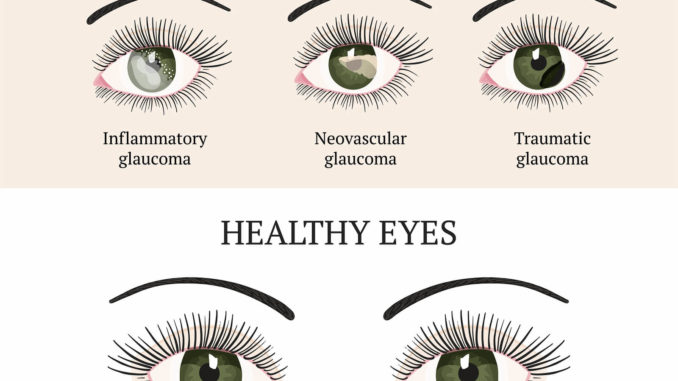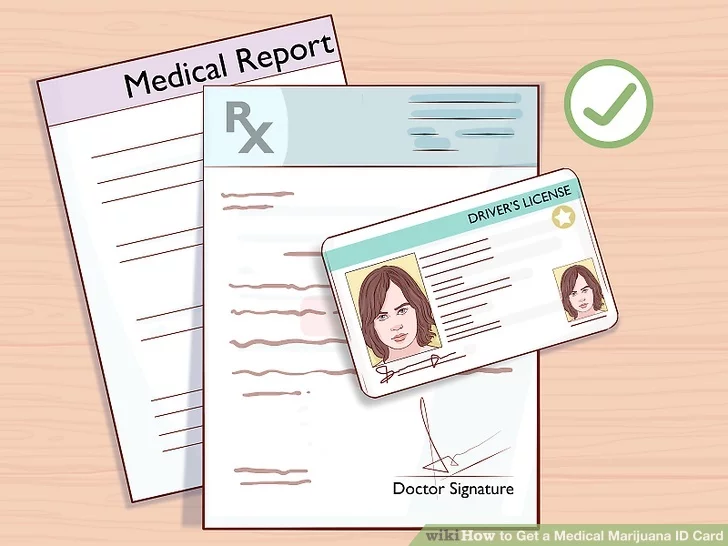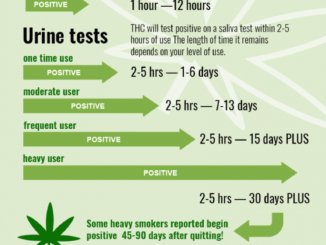
Should you ask your eye doctor about marijuana for your glaucoma treatment? Medical Marijuana has been legalized in 14 states but is still not legal under federal law. Many states have been struggling with the massive expansion of medical marijuana dispensaries. Government bodies including cities, state and counties are trying to assure that only adults with legitimate medical issues that can benefit from medical marijuana are able to obtain access.
So is marijuana a valid treatment for glaucoma? Research to date is limited and all glaucoma institutions including the National Eye Institute have recommended not using marijuana in the treatment of glaucoma. There is a lowering of eye pressure but a number of issues create problems with using medical marijuana in treating glaucoma. Marijuana is typically smoked. The effective dosing schedule is about every 3 hours due to a short lived effect. Eye pressures tend to rise at night so repeated dosing every 3 hours night and day would be required. This would disrupt the sleep cycle and result in poor motor skills, inability to drive legally, and low functioning interfering with the ability to work all of the time.
These side effects are unacceptable to most of the population. At this point there is no regulation or oversight of the quality and amount of active compounds in medical marijuana. Unlike prescription pharmaceuticals, the amount required for a proper dose is impossible to accurate state. There are also problems with decreased blood pressure, increased heart rate, and dizziness when standing up after sitting. The decreased blood pressure theoretically could reduce blood flow to the optic nerve and increase the risk of glaucoma damage. There are other possible health risks and benefits that may occur. Oddly, lung cancer does not to be a risk at this time, and marijuana may even offer a protective effect. However, there is some damage to the lung tissues that is thought to occur with long term usage.
Capsules of the single most active substance in marijuana are available by prescription through regular drugstores. These also lower eye pressure but significantly less than inhaled marijuana. The capsules also have a slower onset and need to be consumed every 4-6 hours. The side effects are often described as much more unpleasant than inhalation. The prescription capsules lack the 60+ other similar compounds found in the plants plus several hundred other types of biological compounds. It is unknown if this makes the prescription capsules a better or worse choice. Again, the required frequency of dosing and side effects make this a poor option for the treatment of glaucoma.
Current glaucoma prescription eye drops usually require dosing 1 to 2 times per day, and have a low risk of side effects that rarely interfere with daily functioning. They have a very precise, consistent level of active components. While some problems can occur, these are rare and fairly well known from clinical trials. Marijuana has some active compounds that do lower eye pressure and deserve further support for future investigation. We may even find it is a useful adjunct for treatment in conjunction with standard therapies in the future. However, at this time there is no indication that medical marijuana has any place as a primary treatment for glaucoma, when we have such a large choice of prescription drugs that have undergone vigorous studies. These studies have found them to be safe and effective, with significant research behind them. As a bonus, you do not have to be constantly looking over your shoulder due to the uncertain legal status when you stick to clinically approved glaucoma medications.
Proudly WWW.PONIREVO.COM
by Dr.



